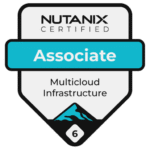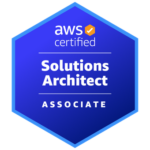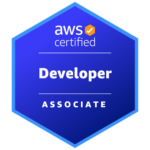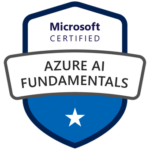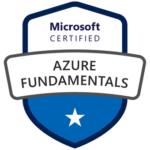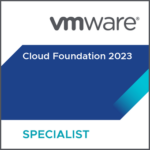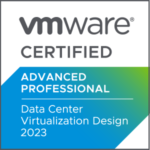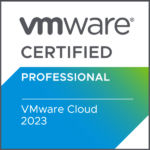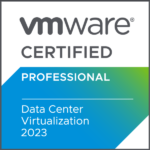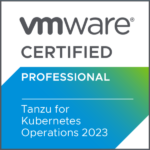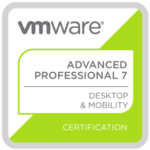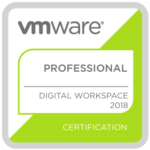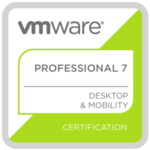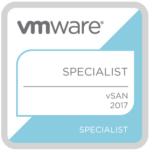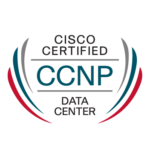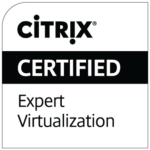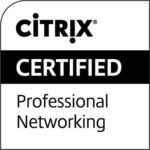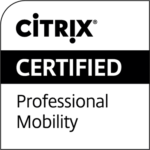
Open-Source Can Help With Portability And Lock-In But It Is Not A Silver Bullet
We have spent years chasing cloud portability and warning against vendor lock-in. And yet, every enterprise I have worked with is more locked in today than ever. Not because they failed to use open-source software (OSS). Not because they made bad decisions, but because real-world architecture, scale, and business momentum don’t care about ideals. They care about outcomes.
The public cloud promised freedom. APIs, managed services, and agility. Open-source added hope. Kubernetes, Terraform, Postgres. Tools that could, in theory, run anywhere. And so we bought into the idea that we were building “portable” infrastructure. That one day, if pricing changed or strategy shifted, we could pack up our workloads and move. But now, many enterprises are finding out the truth:
Portability is not a feature. It is a myth, and for most large organizations, it is a unicorn, but elusive in reality.
Let me explain, and before I do, talk about interclouds again.
Remember Interclouds?
Interclouds, once hyped as the answer to cloud portability (and lock-in), promised a seamless way to abstract infrastructure across providers, enabling workloads to move freely between clouds. In theory, they would shield enterprises from vendor dependency by creating a uniform control plane and protocols across AWS, Azure, GCP, OCI and beyond.
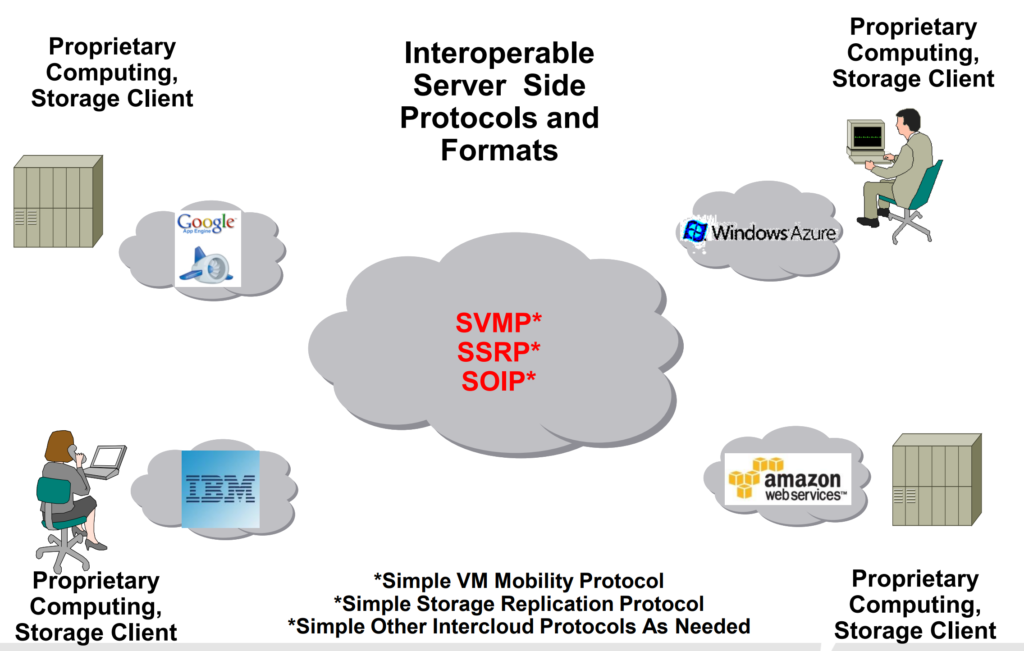
Note: An idea and concept that was discussed in 2012. It is 2025, and not much has happened since then.
But in practice, intercloud platforms failed to solve the lock-in problem because they only masked it, not removed it. Beneath the abstraction layer, each provider still has its own APIs, services, network behaviors, and operational peculiarities.
Enterprises quickly discovered that you can’t abstract your way out of data gravity, compliance policies, or deeply integrated PaaS services. Instead of enabling true portability, interclouds just delayed the inevitable realization: you still have to commit somewhere.
The Trigger Nobody Plans For
Imagine you are running a global enterprise with 500 or 1’000 applications. They span two public clouds. Some are modern, containerized, and well-defined in Terraform. Others are legacy, fragile, lifted, and shifted years ago in a hurry. A few run in third-party SaaS platforms.
Then the call comes: “We need to exit one of our clouds. Legal, compliance, pricing. Doesn’t matter why. It has to go.”
Suddenly, that portability you thought you had? It is smoke. The Kubernetes clusters are portable in theory, but the CI/CD tooling, monitoring stack, and security policies are not. Dozens of apps use PaaS services tightly coupled to their original cloud. Even the apps that run in containers still need to be re-integrated, re-tested, and re-certified in the new environment.
This isn’t theoretical. I have seen it firsthand. The dream of being “cloud neutral” dies the moment you try to move production workloads – at scale, with real dependencies, under real deadlines.
Open-Source – Freedom with Strings Attached
It is tempting to think that open-source will save you. After all, it is portable, right? It is not tied to any vendor. You can run it anywhere. And that is true on paper.
But the moment you run it in production, at enterprise scale, a new reality sets in. You need observability, governance, upgrades, SLAs. You start relying on managed services for these open-source tools. Or you run them yourself, and now your internal teams are on the hook for uptime, performance, and patching.
You have simply traded one form of lock-in for another: the operational lock-in of owning complexity.
So yes, open-source gives you options. But it doesn’t remove friction. It shifts it.
The Other Lock-Ins No One Talks About
When we talk about “avoiding lock-in”, we usually mean avoiding proprietary APIs or data formats. But in practice, most enterprises are locked in through completely different vectors:
Data gravity makes it painful to move large volumes of information, especially when compliance and residency rules come into play. The real issue is the latency, synchronization, and duplication challenges that come with moving data between clouds.
Tooling ecosystems create invisible glue. Your CI/CD pipelines, security policies, alerting, cost management. These are all tightly coupled to your cloud environment. Even if the core app is portable, rebuilding the ecosystem around it is expensive and time-consuming.
Skills and culture are rarely discussed, but they are often the biggest blockers. A team trained to build in cloud A doesn’t instantly become productive in cloud B. Tooling changes. Concepts shift. You have to retrain, re-hire, or rely on partners.
So, the question becomes: is lock-in really about technology or inertia (of an enterprise’s IT team)?
Data Gravity
Data gravity is one of the most underestimated forces in cloud architecture. Whether you are using proprietary services or open-source software. The idea is simple: as data accumulates, everything else like compute, analytics, machine learning, and governance, tends to move closer to it.
In practice, this means that once your data reaches a certain scale or sensitivity, it becomes extremely hard to move, regardless of whether it is stored in a proprietary cloud database or an open-source solution like PostgreSQL or Kafka.
With proprietary platforms, the pain comes from API compatibility, licensing, and high egress costs. With open-source tools, it is about operational entanglement: complex clusters, replication lag, security hardening, and integration sprawl.
Either way, once data settles, it anchors your architecture, creating a gravitational pull that resists even the most well-intentioned portability efforts.
The Cost of Chasing Portability
Portability is often presented as a best practice. But there is a hidden cost.
To build truly portable applications, you need to avoid proprietary features, abstract your infrastructure, and write for the lowest common denominator. That often means giving up performance, integration, and velocity. You are paying an “insurance premium” for a theoretical future event like cloud exit or vendor failure, that may never come.
Worse, in some cases, over-engineering for portability can slow down innovation. Developers spend more time writing glue code or dealing with platform abstraction layers than delivering business value.
If the business needs speed and differentiation, this trade-off rarely holds up.
So… What Should We Do?
Here is the hard truth: lock-in is not the problem. Lack of intention is.
Lock-in is unavoidable. Whether it is a cloud provider, a platform, a SaaS tool, or even an open-source ecosystem. You are always choosing dependencies. What matters is knowing what you are committing to, why you are doing it, and what the exit cost will be. That is where most enterprises fail.
And let us be honest for a moment. A lot of enterprises call it lock-in because their past strategic decision doesn’t feel right anymore. And then they blame their “strategic” partner.
The better strategy? Accept lock-in, but make it intentional. Know your critical workloads. Understand where your data lives. Identify which apps are migration-ready and which ones never will be. And start building the muscle of exit-readiness. Not for all 1’000 apps, but for the ones that matter most.
True portability isn’t binary. And in most large enterprises, it only applies to the top 10–20% of apps that are already modernized, loosely coupled, and containerized. The rest? They are staying where they are until there is a budget, a compliance event, or a crisis.
Avoiding U.S. Public Clouds And The Illusion of Independence
While independence from the U.S. hyperscalers and the potential risks associated with the CLOUD Act may seem like a compelling reason to adopt open-source solutions, it is not always the silver bullet it appears to be. The idea is appealing: running your infrastructure on open-source tools in order to avoid being dependent on any single cloud provider, especially those based in the U.S., whose data may be subject to foreign government access under the CLOUD Act.
However, this approach introduces its own set of challenges.
First, by attempting to cut ties with US providers, organizations often overlook the global nature of the cloud. Most open-source tools still rely on cloud providers for deployment, support, and scalability. Even if you host your open-source infrastructure on non-U.S. clouds, the reality is that many key components of your stack, like databases, messaging systems, or AI tools, may still be indirectly influenced by U.S.-based tech giants.
Second, operational complexity increases as you move away from managed services, requiring more internal resources to manage security, compliance, and performance. Rather than providing true sovereignty, the focus on avoiding U.S. hyperscalers may result in an unintended shift of lock-in from the provider to the infrastructure itself, where the trade-off is a higher cost in complexity and operational overhead.
Top Contributors To Key Open-Source Projects
U.S. public cloud providers like Google, Amazon, Microsoft, Oracle and others are not just spectators in this space. They’re driving the innovation and development of key projects:
- Kubernetes remains the flagship project of the CNCF, offering a robust container orchestration platform that has become essential for cloud-native architectures. The project has been significantly influenced by a variety of contributors, with Google being the original creator.
- Prometheus, the popular monitoring and alerting toolkit, was created by SoundCloud and is now widely adopted in cloud-native environments. The project has received significant contributions from major players, including Google, Amazon, Facebook, IBM, Lyft, and Apple.
- Envoy, a high-performance proxy and communication bus for microservices, was developed by Lyft, with broad support from Google, Amazon, VMware, and Salesforce.
- Helm is the Kubernetes package manager, designed to simplify the deployment and management of applications on Kubernetes. It has a strong community with contributions from Microsoft (via Deis, which they acquired), Google, and other cloud providers.
- OpenTelemetry provides a unified standard for distributed tracing and observability, ensuring applications are traceable across multiple systems. The project has seen extensive contributions from Google, Microsoft, Amazon, Red Hat, and Cisco, among others.
While these projects are open-source and governed by the CNCF (Cloud Native Computing Foundation), the influence of these tech companies cannot be understated. They not only provide the tools and resources necessary to drive innovation but also ensure that the technologies powering modern cloud infrastructures remain at the cutting edge of industry standards.
Final Thoughts
Portability has become the rallying cry of modern cloud architecture. Real-world enterprises aren’t moving between clouds every year. They are digging deeper into ecosystems, relying more on managed services, and optimizing for speed.
So maybe the conversation shouldn’t be about avoiding lock-in but about managing it. Perhaps more about understanding it. And, above all, owning it. The problem isn’t lock-in itself. The problem is treating lock-in like a disease, rather than what it really is: an architectural and strategic trade-off.
This is where architects and technology leaders have a critical role to play. Not in pretending we can design our way out of lock-in, but in navigating it intentionally. That means knowing where you can afford to be tightly coupled, where you should invest in optionality, and where it is simply not worth the effort to abstract away.
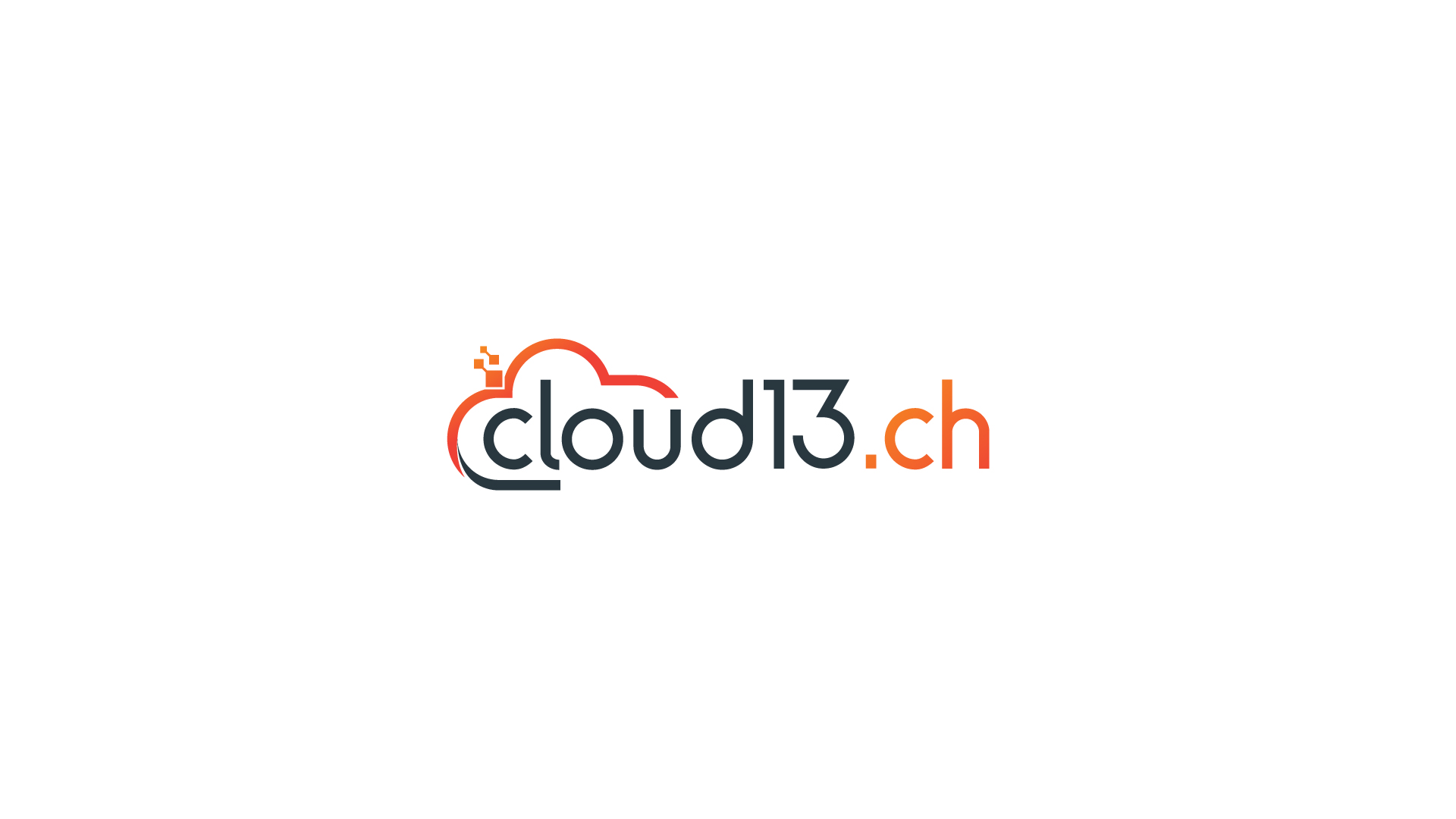





 We must be very careful with our interpretation of the results. Just because someone is “planning” a reverse cloud migration, does it mean they are executing? And if they execute such an exercise, is this going to be correctly reflected in a future survey?
We must be very careful with our interpretation of the results. Just because someone is “planning” a reverse cloud migration, does it mean they are executing? And if they execute such an exercise, is this going to be correctly reflected in a future survey?
 My interpretation? Just because one slide or illustration talks about repatriation does not mean, that the entire world is just doing reverse migrations now. Cloud migrations and reverse cloud migrations can happen at the same time. You could bring one application or some databases back on-premises but decide to move all your virtual desktops to the public cloud in parallel. We could still bring workloads back to our data center and increase public cloud spend.
My interpretation? Just because one slide or illustration talks about repatriation does not mean, that the entire world is just doing reverse migrations now. Cloud migrations and reverse cloud migrations can happen at the same time. You could bring one application or some databases back on-premises but decide to move all your virtual desktops to the public cloud in parallel. We could still bring workloads back to our data center and increase public cloud spend. 






